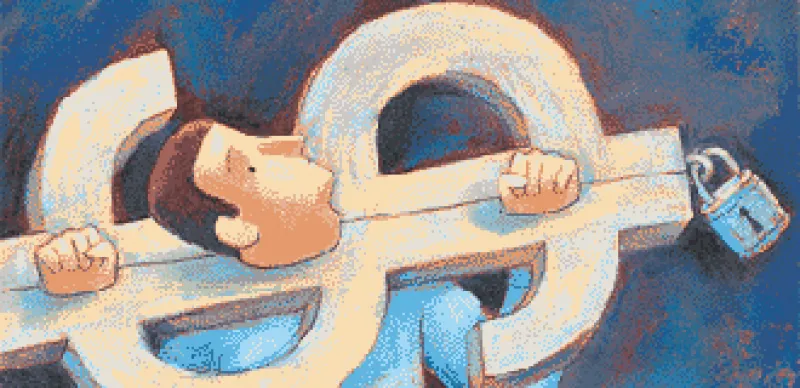Toward the middle of 2007, investment vehicles such as SIVs (structured investment vehicles) ran into trouble, in part, because they lost the ability to roll over the cheap short-term debt that was funding their more expensive long-term obligations. Now, the U.S. government itself, which has relied upon cheap short-term rates to help fund trillion-plus dollar deficits run up during the financial crisis and the recession, is exhibiting some disturbing similarities to the investment vehicles that sparked the crisis almost four years ago.
The Obama administration said Monday that the federal deficit for 2011 would reach a record $1.65 trillion. It would account for an estimated 10.9 percent of GDP, the highest level since World War II.
Raising deficits to boost the economy have been possible, at least in part, because the government has been able to borrow money at cheap short-term rates. As interest rates rise, the cost of funding the deficit and outstanding debt could soar. Treasury Secretary Tim Geithner has warned President Barack Obama that interest expenses on the debt are expected to rise to 3.1 percent in 2016, up from 1.3 percent in 2010, according to Bloomberg.
That funding problem is similar, at least in some ways, to the troubles that investment conduits ran into a few years back. Now, you can’t extend the analogy too far. As Steve Persky, the managing partner of hedge fund Dalton Investments notes, the SIVs had other problems, such as underlying assets that were overrated and overpriced. But you don’t need to stretch the comparison to be concerned about the U.S. government’s soaring deficits and its potential funding problems.
“The U.S. will have less and less financial flexibility, and an increasing level of risk as its credit quality deteriorates. That is the trajectory we are on. And unless we change that trajectory — which no one seems to want to do, because it is so politically difficult—we are going to have a problem,” says Persky, a co-founder of the Los Angeles-based hedge fund with $1.1 billion in assets under management.
Persky is careful not to suggest that a crisis is imminent or inevitable. But he says odds of the U.S. or another major industrialized nation have a major credit problem over the next few years probably are in the 10 to 15 percent range. “You have to acknowledge that there is a reasonable chance of a problem. We are in the third year of (trillion-dollar range deficits) and nothing has changed, he says. Persky said that even though the U.S. still maintains a AAA rating with major credit rating agencies in the U.S., that it’s profile is more consistent with that of an AA-rated issuer.
The current question for investors is how to hedge against such a scenario. Australian dollars, commodities, gold, and financial assets in more financially stable countries with better credit quality, such as Germany and China, all may help in that respect, Persky advises.
He had hoped that the outcome of the midterm elections would have compelled lawmakers and the administration to tackle the deficits in an aggressive manner.
On Monday, President Obama sent Congress a $4 trillion budget for 2012 — one that includes a $1 trillion deficit. The administration doesn’t forecast that the deficit will fall to more “sustainable” levels until the middle of the decade. “So far, it doesn’t seem that anyone wants to do anything serious to address the deficit,” Persky says. And, he wonders, should the federal government run into a serious credit problem, where will its bailout come from?






